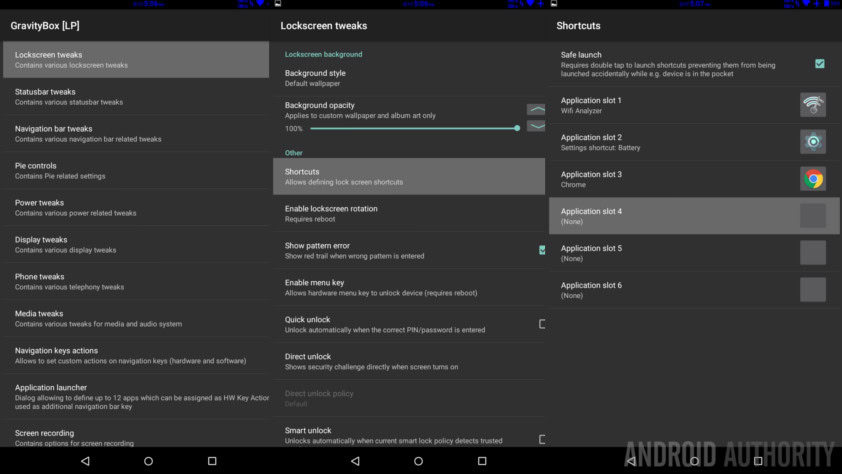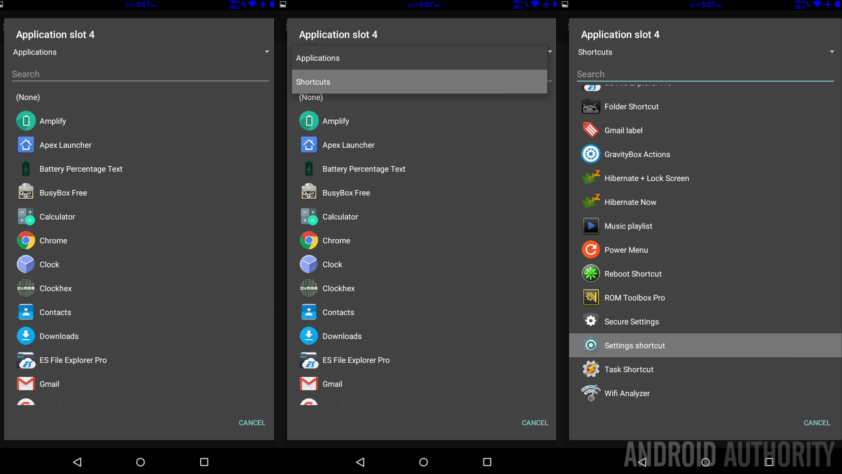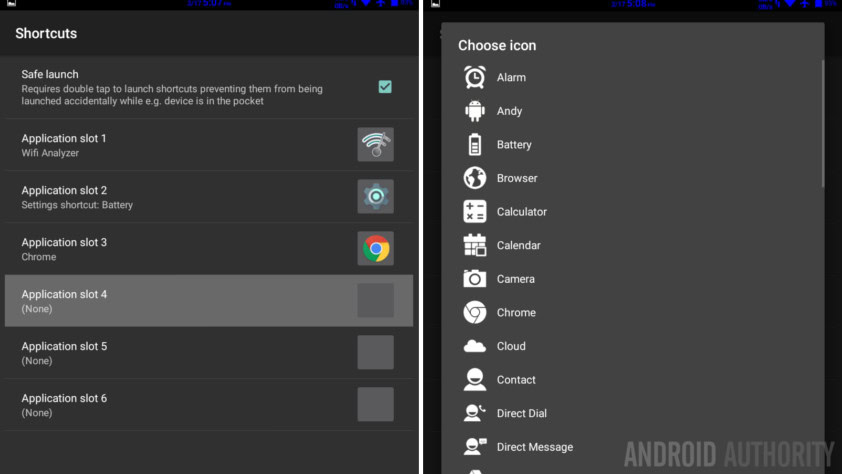Affiliate links on Android Authority may earn us a commission. Learn more.
App shortcuts on your lockscreen using GravityBox, root required - Android customization
Last week on our Android customization series we started looking at a root app called GravityBox. This is a powerful Xposed module that looks after little tweaks all around your rooted Android device. Let’s continue with this tool today.
To avoid confusion, we are not doing anything overly special here today folks, if you’ve become accustomed to GravityBox already, we are just going to walk through the available default tools of the app. We do have one small hidden feature to share, so I hope we have something in here for new and old GravityBox users alike. Please join in the discussion at the bottom to add in your best practices and suggestions for new users to get the most out of GravityBox.
Before we begin
As with last week, you are going to need a fairly modern rooted Android device, you’ll need to have flashed the Xposed Framework and use the Xposed installer to find your version of GravityBox. Here are some links to help get you started:
Rooting your Android device, a few things to think about
Xposed modules and Xposed installer basics
Install GravityBox and some basics
App shortcuts on your lockscreen using GravityBox
As previously mentioned, we are about to walk through some of the basics of the built-in tools in GravityBox for manipulating the lockscreen. Our goal is to add a few app shortcuts to the locksreen, but we’ll encounter other visual elements along the way.

Fire up GravityBox and head into the Lockscreen tweaks section.
One of the top options is called Shortcuts, tap on it.
I recommend turning on Safe launch, but that is up to you.
Simply tap on an available slot in the list, as you can see, you may add up to six app shortcuts.
By default, you will be provided a list of your installed applications, go ahead and choose one.
Optionally, if you hit the Applications dropdown menu at the top, you can choose a system Shortcut instead of an app.

That is all there is to it, go ahead and add all the applications and system shortcuts that you would like, they will all display out in a horizontal row on your lockscreen. The icons will show below the clock, but over top of your notification.
What’s next
Sometimes your desired app offers an icon that does not appeal to you or your overall lockscreen design. Good thing you can control this too. On any activated shortcut slot, simply tap on the icon on the right hand side, then go ahead and choose a new icon from a built-in set of icons. This may not work for all of your apps, but it’s worth a look.

But wait, there’s more! A quick tap on the icon will let you choose from built-in icons, but long press on an icon to open up greater selection tools. In my case, the app for my installed icon pack pops up, providing thousands of icons to choose from.
Looking back at that main list of Lockscreen tweaks in GravityBox, you may have noticed there is controls for things like your background style and opacity, lockscreen rotation, Smart unlock and more. GravityBox isn’t entirely trying to take over how you secure your device, although it can, but it certainly takes over how your lockscreen looks and acts.
For the AMOLED display users, or just those that like a dark theme, I like to change the background to just a black color fill. Imagery can be fun, but sometimes simple is better.

Next week
Let’s keep this simple, we’re on a roll with GravityBox on our Android customization series, let’s keep it going. We teased the Pie control in an image last week, let’s learn how it works next week.
Do you use a tweaked lock screen on your Android device, or do you prefer to keep it simple with the default settings?
Need more tweaks?